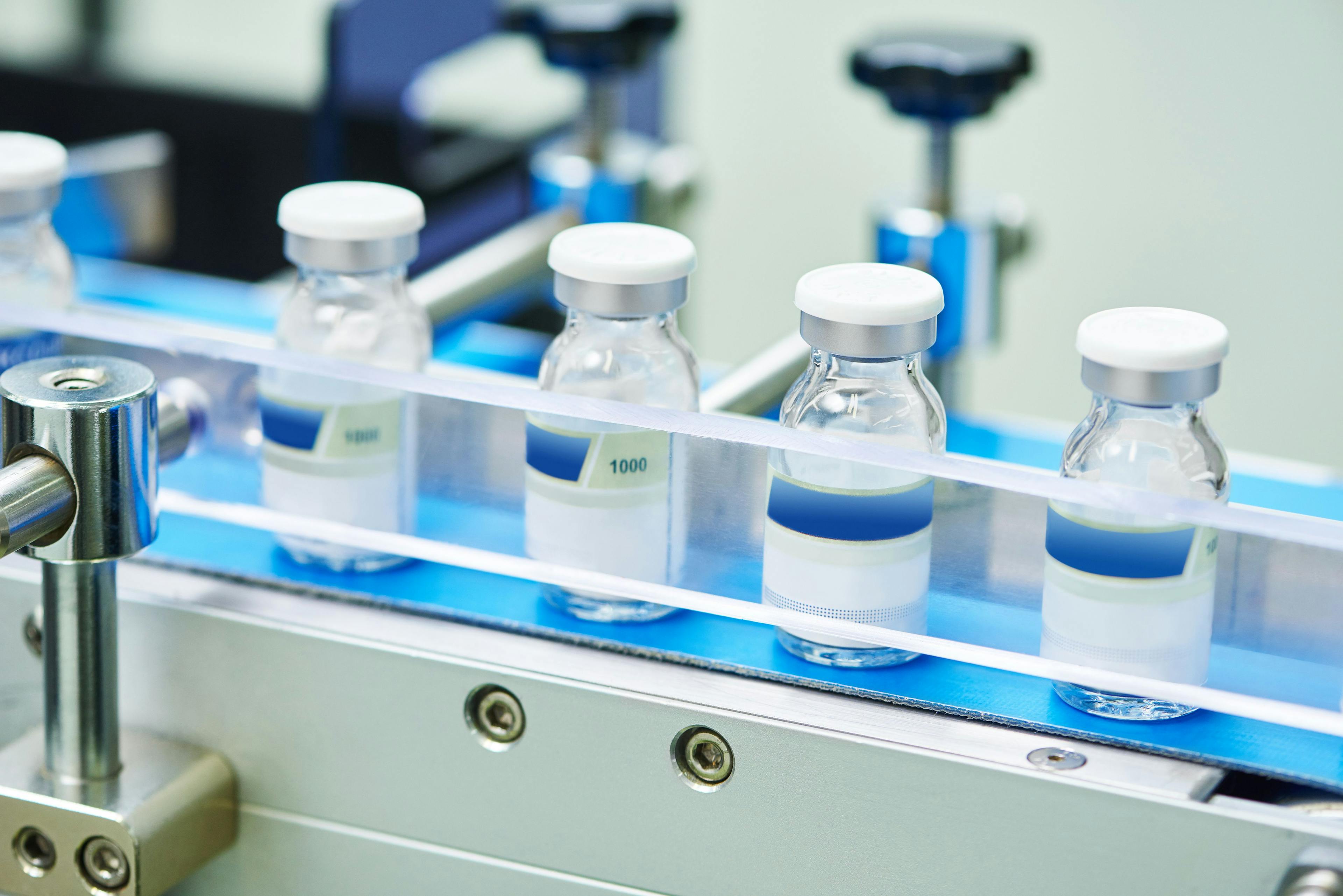Viewpoints: Are We Greenwashing Analytical Chemistry?
There are few people on our planet who are unaware of the importance of reducing waste, cutting energy consumption, and lowering humanity’s carbon footprint. I’m more than aware of the effect we have on our planet and its climate, and that I must dutifully reduce, reuse, and recycle wherever possible. So, what do I need to know to be a good global and corporate citizen in the laboratory?
I started with the 12 Principles of Green Chemistry, developed by Paul Anastas and John Warner in 1998, and presented in a recent LCGC article on green chemistry (1). My initial reaction was that there were one or two “interesting” thoughts there. I can get on board with waste reduction, use of safer solvents, energy efficiency and real time monitoring, because that sounds like analytical chemistry. However, this generally felt like a manifesto for synthetic organic chemists. Nothing wrong with that, but I’m a different type of chemist, with different considerations. I need something more tangible to really spark my thought processes on analytical sustainability.
Next came the 12 principles of Green Analytical Chemistry (GAC) from 2013 (also accessible at [1]). This really captured my attention. I’m into process automation and integration. I like saving energy and reducing waste because it saves me money. I don’t like derivatization because the reactions are clumsy and the reagents generally must be handled in fume cupboards. Finally, I like multivariate analysis because I understand it and one-factor-at-a-time (OFATO) method development approaches waste time and are, frankly, less interesting. I also like analyses that can cover all relevant analytes in a single method. After further consideration of the GAC principles, I began to think that maybe, even unconsciously, I’d been following a few of these principles and steering a greener course over recent years.
So, given that we have these great tools available and that, without really noticing it, I’ve been following several of these green principles in recent years, can we now answer the titular question in the negative and proclaim that we are indeed where we need to be with sustainability in analytical chemistry?
I have some doubts. These may be because of personal ignorance, which I’m sure readers will educate me on, or it could be that we have a long way to go yet before we can relax and say that we are truly playing our part in the drive towards better chemical sustainability in the analytical laboratory.
First, I’m not sure just how green the chemicals I use are. Are there “greener” suppliers? How green are the reagents that I use in sample preparation and eluent preparation? I’m also still slightly concerned about operator exposure to eluent systems, chemicals, and reagents. I also believe that automation of sample preparation activities involving larger volumes of solvents could be taken more seriously in terms of reducing operator exposure. I know I’m behind the curve in this respect and feel that many others may be in the same position. Exposure of operators also means environmental exposure to potentially damaging chemicals.
Think of the amount of plastic and glass that we use in the laboratory. Pipette tips, pipette tip racks, plastic Pasteur pipettes, vials, solvent Winchester bottles, gloves, volumetric glassware, plastic solvent dispenser bottles...Do you recycle those in your laboratory? Do you know of a supplier who offers to recycle these in a financially reasonable way? Should the cost even be worth consideration if we are serious about becoming more sustainable? What about the amount of “blue roll” that is used? Could we source more sustainable laboratory paper-roll?
I could go on. I’m sure there will be readers who have done more and considered other aspects of sustainability that I haven’t thought about yet, and please get in touch if this is the case. What I can promise is that I have personally committed to undertake more research, implement further sustainability measures and work hard to find suppliers who are more advanced on their sustainability journey.
Are we greenwashing analytical chemistry? I’ve been greener by accident, by following industry trends which are inherently more sustainable. Yet I realize that I, and perhaps we all, have a long way to go before we can be comfortable. Let’s say for now that the lid is off the tin of greenwash, and that we need to guard against complacency and marketing our green credentials before we’ve taken a good long look at what that really means.
Reference
(1) Snow, N.H. Green Chemistry: What Is It (and What Is It Not)? And How Does It Apply to Gas Chromatography? LCGC North Am. 2023, 41 (5), 176-180. DOI: 10.56530/lcgc.na.az3979e4
Tony Taylor is the Chief Science Officer of Element, EMEAA and the Technical Director of CHROMacademy. Direct correspondence to: LCGCedit@mmhgroup.com


Common Challenges in Nitrosamine Analysis: An LCGC International Peer Exchange
April 15th 2025A recent roundtable discussion featuring Aloka Srinivasan of Raaha, Mayank Bhanti of the United States Pharmacopeia (USP), and Amber Burch of Purisys discussed the challenges surrounding nitrosamine analysis in pharmaceuticals.
Extracting Estrogenic Hormones Using Rotating Disk and Modified Clays
April 14th 2025University of Caldas and University of Chile researchers extracted estrogenic hormones from wastewater samples using rotating disk sorption extraction. After extraction, the concentrated analytes were measured using liquid chromatography coupled with photodiode array detection (HPLC-PDA).













